White Spots On Skin: Causes And How To Get Rid Of Them
By: Priyanka Maheshwari Thu, 03 Aug 2023 10:51:12
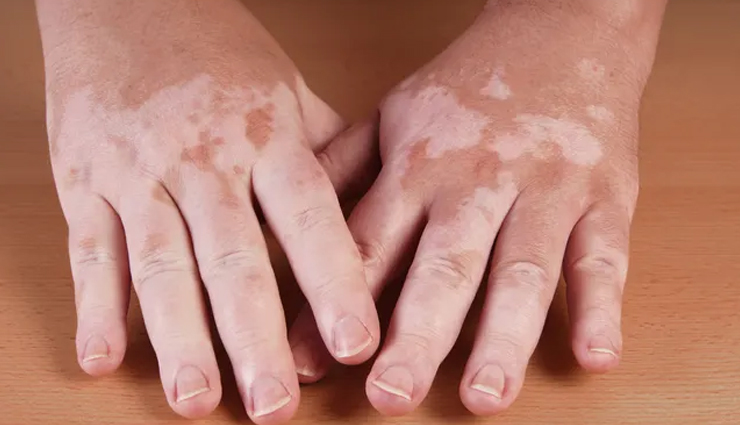
Our skin serves as a canvas that tells the story of our health and well-being. At times, however, it may present us with puzzling marks that beckon our attention – one such enigma being the appearance of white spots. These spots, which can emerge on various parts of the body, raise questions about their origins and the measures one can take to bid them farewell. In this exploration, we delve into the realm of white spots on the skin, shedding light on their potential causes and unveiling practical strategies to address them.
From the perplexing landscape of skin conditions to the reassuring avenues of treatment, we embark on a journey that aims to demystify the presence of these spots. Whether they appear as a mere curiosity or a source of concern, understanding the underlying factors is key to making informed decisions about your skin health. Join us as we unravel the intricate tapestry of white spots on the skin and equip ourselves with the knowledge to tackle them effectively and confidently.
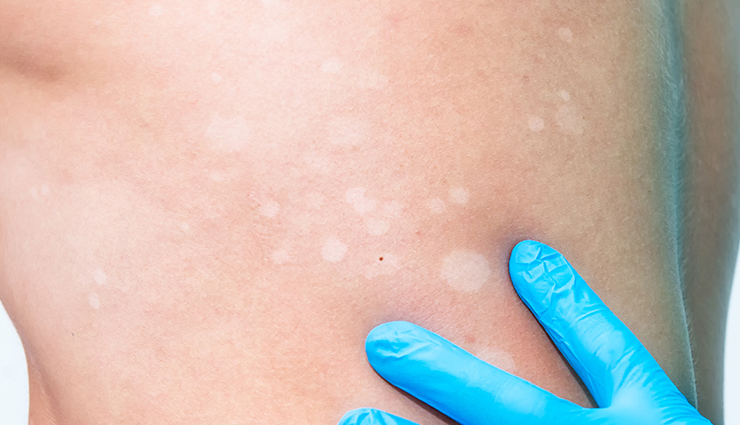
Causes of White Spots on the Skin:
Vitiligo: This autoimmune condition leads to the destruction of melanocytes, the cells responsible for producing melanin. As a result, white patches of skin develop, and these spots can gradually expand over time.
Tinea Versicolor: A fungal infection caused by yeast that naturally resides on the skin. It can lead to the development of discolored patches, often more noticeable after sun exposure.
Pityriasis Alba: Commonly affects children and appears as pale, scaly patches that are usually round or oval in shape. These spots are typically less noticeable in the winter.
Post-Inflammatory Hypopigmentation: After an injury, infection, or inflammation of the skin (such as acne or eczema), the skin may lose pigment temporarily, resulting in white spots.
Idiopathic Guttate Hypomelanosis: Small, white, flat spots that typically appear on sun-exposed areas of the skin as a result of damage to melanocytes.
Lichen Sclerosus: A chronic skin condition that primarily affects genital and anal areas, causing white, thin patches of skin that may be itchy and painful.
Nevus Depigmentosus: A birthmark characterized by white patches of skin present from birth.
Halo Nevi: Some moles may develop a white ring or halo around them due to an immune response against melanocytes.
Chemical Exposure: Certain chemicals or substances can lead to skin depigmentation if they come into contact with the skin.
Rare Causes Of White Spots
While many cases of white spots on the skin can be attributed to common causes such as vitiligo, fungal infections, or post-inflammatory hypopigmentation, there are some rare and less common factors that can also lead to the development of white spots. These lesser-known causes may require specialized diagnosis and treatment. Here are a few rare causes of white spots on the skin:
Hypopigmented Mycosis Fungoides: This is a rare type of cutaneous T-cell lymphoma, a form of non-Hodgkin lymphoma. It can manifest as flat, scaly, hypopigmented patches on the skin.
Pityriasis Lichenoides Chronica: A rare inflammatory skin disorder that can result in hypopigmented patches, along with red or brown scaly papules.
Leukoderma: Also known as piebaldism, this rare genetic condition leads to congenital white patches of skin that are present from birth.
Tuberous Sclerosis: A genetic disorder that causes the growth of benign tumors in various organs, including the skin. These tumors can result in patches of hypopigmentation.
Hypomelanosis of Ito: A genetic condition that leads to streaks, patches, or swirls of lighter skin due to the improper distribution of melanin.
Progressive Macular Hypomelanosis: A chronic and rare skin condition characterized by the development of small, hypopigmented macules on the trunk and sometimes limbs.
Tuberous Sclerosis Complex (TSC): In addition to causing benign tumors, TSC can also lead to hypopigmented macules on the skin.
Chediak-Higashi Syndrome: This rare genetic disorder affects various body systems, including the skin. It can result in areas of depigmentation along with other health issues.
Alezzandrini Syndrome: A rare skin disorder characterized by the presence of multiple, irregular-shaped white macules.
Linear and Whorled Nevoid Hypermelanosis: A rare condition that presents with streaks or patches of hyperpigmentation and hypopigmentation arranged in a linear or whorled pattern.
What Complications Can White Skin Spots Cause?
Psychosocial Impact: White spots on visible areas of the skin, such as the face, arms, or hands, can have a significant impact on a person's self-esteem and body image. This can lead to feelings of self-consciousness, social anxiety, and reduced quality of life.
Vitiligo-Associated Complications: Vitiligo, a common cause of white skin spots, is an autoimmune condition that can extend beyond the skin. People with vitiligo may be at a higher risk of developing other autoimmune disorders, such as thyroid conditions, type 1 diabetes, and pernicious anemia.
Sun Sensitivity: In some cases, areas of depigmented skin may be more sensitive to sunlight, increasing the risk of sunburn and skin damage.
Infections: Skin with reduced pigmentation may be more vulnerable to infections, as melanin plays a role in protecting the skin from harmful microorganisms and UV radiation.
Misdiagnosis and Delayed Treatment: If the underlying cause of white skin spots is not properly diagnosed, it could delay appropriate treatment for the actual condition, leading to potential health complications.
Skin Cancer Concerns: In some instances, white spots may be indicative of skin cancer, particularly in cases where the spots are irregularly shaped, rapidly growing, or changing in appearance. Timely evaluation by a dermatologist is essential to rule out skin cancer.
Functional Impairment: In certain conditions, white skin spots may lead to functional impairment, such as restricted joint movement if the spots develop over joints or discomfort if they are associated with itching, pain, or burning sensations.
Emotional Distress: Living with white skin spots, especially if the cause is unknown or the condition is chronic, can lead to emotional distress and anxiety.
How Do You Prevent White Spots?
Preventing white spots on the skin, also known as hypopigmentation, can sometimes be challenging, as the causes of these spots can vary and may include genetic factors, autoimmune conditions, infections, and more. However, there are steps you can take to minimize the risk of developing white spots and maintain overall skin health. Here are some preventive measures:
Sun Protection: Protecting your skin from excessive sun exposure is crucial. Use sunscreen with broad-spectrum protection and an SPF of at least 30, even on cloudy days. Wear protective clothing, hats, and sunglasses to shield your skin from harmful UV rays.
Avoid Harsh Chemicals: Avoid using harsh chemicals or products that may irritate or damage the skin. Be cautious when using hair dyes, perfumes, and skincare products that contain potential allergens.
Manage Skin Conditions: Properly manage existing skin conditions, such as eczema, psoriasis, or acne, to minimize the risk of post-inflammatory hypopigmentation.
Prompt Treatment: Seek prompt medical attention if you notice any unusual changes in your skin, such as new white spots or changes in existing spots.
Maintain Overall Health: A balanced diet rich in vitamins and minerals, regular exercise, and adequate sleep can contribute to overall skin health.
Hydration: Drink enough water to keep your skin hydrated and support its natural functions.
Avoid Trauma: Be cautious to prevent skin injuries that could lead to post-inflammatory hypopigmentation. Avoid scratching, picking, or excessively rubbing your skin.
Stress Management: Chronic stress can affect the immune system and potentially contribute to skin issues. Practice stress management techniques, such as meditation, yoga, or deep breathing.
Healthy Lifestyle: Avoid smoking and excessive alcohol consumption, as they can impact skin health and contribute to various skin issues.
Consult a Dermatologist: If you have a family history of skin conditions, consult a dermatologist for regular check-ups and guidance on preventive measures.
Home Remedies To Get Rid Of White Spots
While it's important to consult a dermatologist for proper diagnosis and treatment of white spots on the skin, there are some home remedies that may help improve the appearance of certain types of hypopigmentation. Keep in mind that results can vary, and these remedies may not be effective for all cases. Here are a few home remedies to consider:
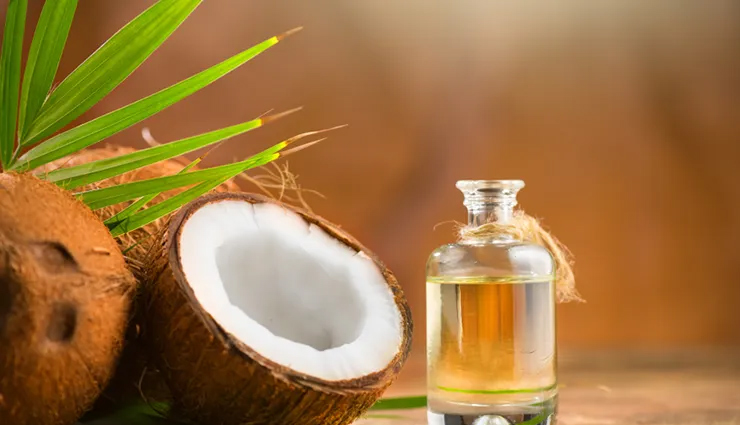
# Coconut Oil
Apply virgin coconut oil to the affected areas daily. Coconut oil contains healthy fatty acids that may help moisturize and nourish the skin.
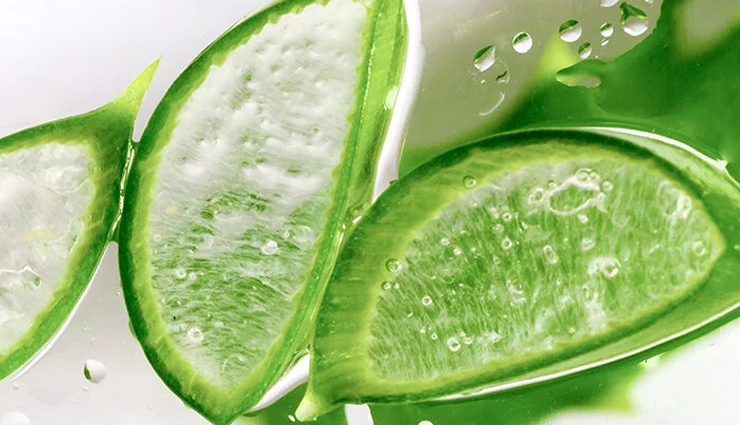
# Aloe Vera
Aloe vera gel is known for its soothing properties. Apply fresh aloe vera gel to the white spots and leave it on for about 15-20 minutes before rinsing.
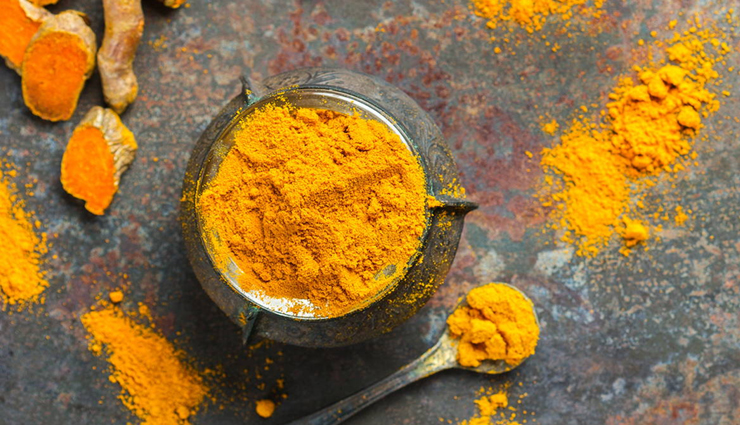
# Turmeric Paste
Turmeric has anti-inflammatory and antioxidant properties. Mix turmeric powder with a few drops of mustard oil and apply it to the white spots. Leave it on for 15 minutes before rinsing.
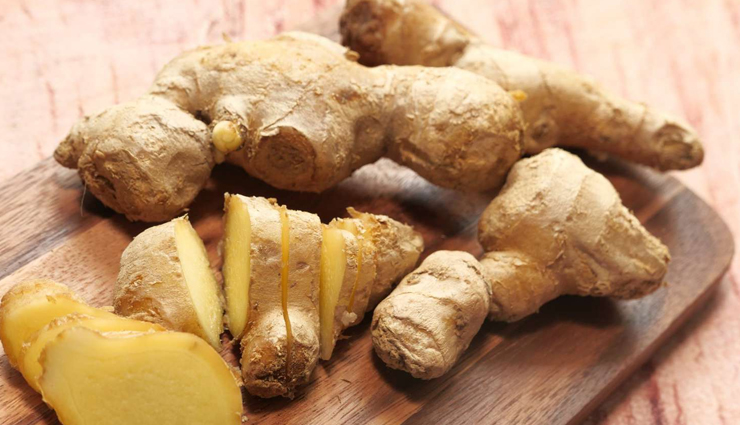
# Ginger Extract
Apply freshly grated ginger extract to the affected areas and let it sit for 15-20 minutes before washing it off. Ginger has potential skin-beneficial properties.
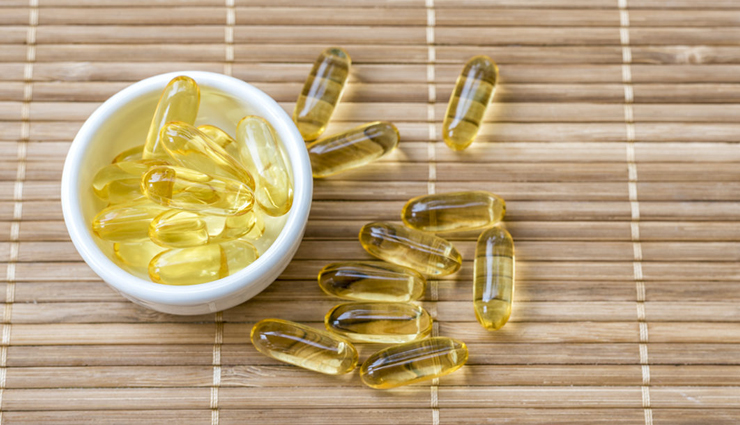
# Vitamin E Oil
Break open a vitamin E capsule and apply the oil directly to the white spots. Vitamin E is known for its skin-nourishing properties.

# Apple Cider Vinegar
Dilute apple cider vinegar with water and apply it to the affected areas using a cotton ball. Leave it on for a few minutes before rinsing.
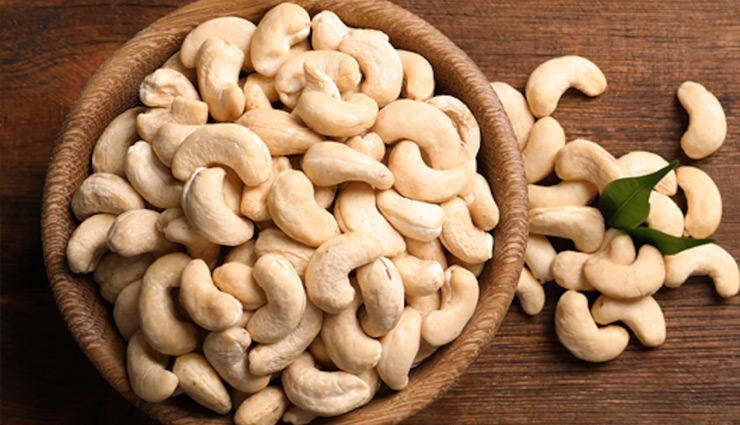
# Copper-Rich Foods
Some sources suggest that consuming copper-rich foods, such as sesame seeds, lentils, and cashews, may help promote melanin production.
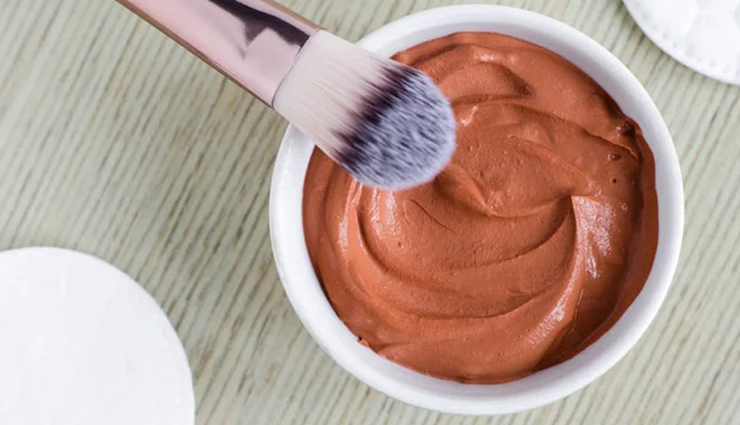
# Red Clay Mask
Mix red clay with water to form a paste and apply it to the white spots. Red clay is believed to help stimulate blood circulation and promote healing.
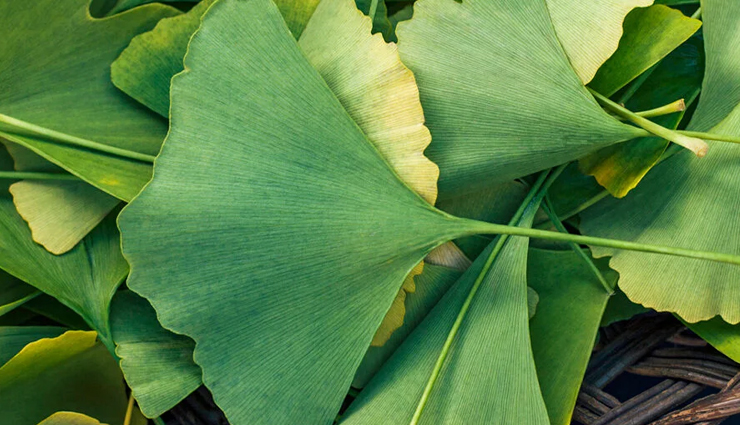
# Ginkgo Biloba
Some studies suggest that ginkgo biloba may help improve skin pigmentation. Consult a healthcare professional before using any supplements.





